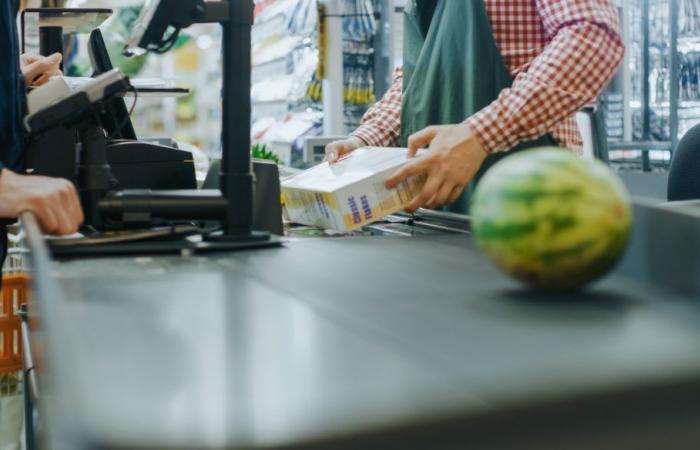Fifty years after its introduction in supermarkets, il barcode seems destined to retire soon to make room for Qr Code. The revolution, in fact, seems to be one step away, with 22 world leading consumer goods companies having signed a joint declaration to ask retailers and manufacturers to adopt the new generation codes within the next three years. These are the standard GS1 QR Codes that we have started to know over the years and which could soon be aextra weapon for the products. Testing of the new technology has already started in 48 countries, which represent 88% of global GDP.
From barcode to QR Code
The barcode, as mentioned, was introduced in 1974 and after half a century of honorable career could soon say goodbye to supermarkets. The reason is to be found in the continuous race to keep up with the times, with the code on the product that is limited to providing information only and exclusively to retailers and producers to identify it, without being a plus for the consumer. Which, instead, the QR Code promises to do.
This is why 22 leading global consumer goods companies have agreed on the “Sunrise 2027” projectthe program that plans to adopt, by December 2027, the Gs1 standard QR Codes instead of barcodes. From Barilla to Nestlé, passing through Alibaba.com and Carrefour, the companies that have agreed have decided to retire the old identification code to move to the new generation 2D with the aim not only of facilitating packaging, but also of giving more information for consumers.
The QR Codes adopted, in fact, will be a bit like those we know from Covid for restaurants and bars, that is, codes that can be scanned with the cell phone camera to obtain more information. Translated? Less writing on the packaging, with essential information, and more freedom with the Qr Code that would contain more information.
An agreement between the 22 that will revolutionize supermarkets by 2027. Companies, in fact, will have to evaluate technology and internal processes to make the most of the potential of the new codes and add more detailed information on the product in the QR codes. Manufacturers will need to start including them in their product packaging, while retailers will need to ensure that the checkout scanners in their stores are equipped to read these next-generation codes.
Why switch to QR Code?
But is the transition to the Qr Code really necessary? To keep up with the times, yes, because we are living in the era of hyperconnectivity, in which with a few simple gestures it is possible to know everything in real time. And the adoption of the Qr on consumer products goes in this direction.
In fact, only by opening the mobile phone camera and framing the code could it be possible to know detailed information about the purchased product. In fact, there are three main reasons for switching to Qr Codes:
- conscious and smart choiceswith the standard Gs1 QR code which allows the information to overcome the limit of the space available on the product packaging and improve the consumer experience;
- communicate sustainabilitybecause they can provide information such as the provenance of a product, its components, its carbon footprint and indications on the recycling or reuse of packaging;
- food safetybecause, in addition to giving advice on health and nutrition, they will provide regulatory information, detailed advice on allergies and expiry dates.



